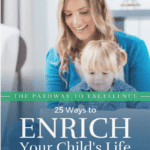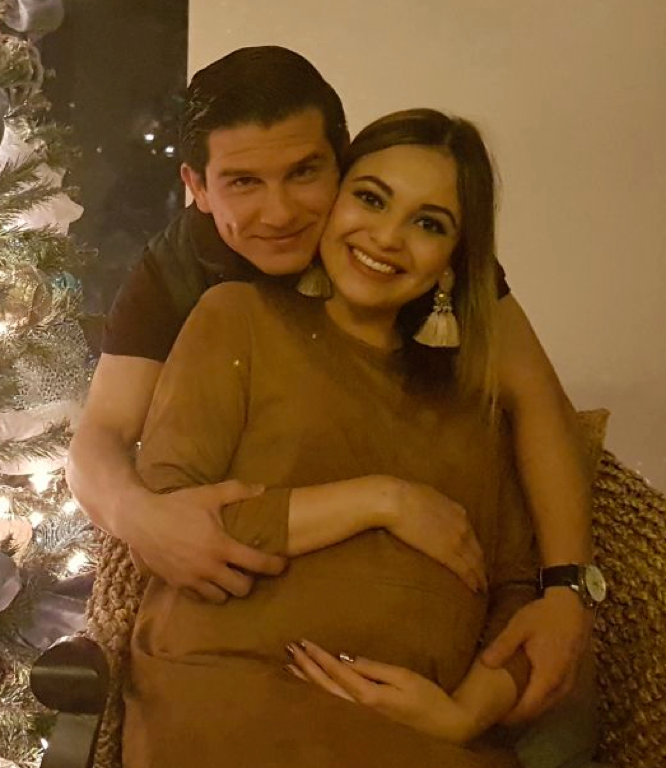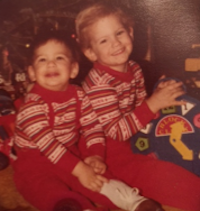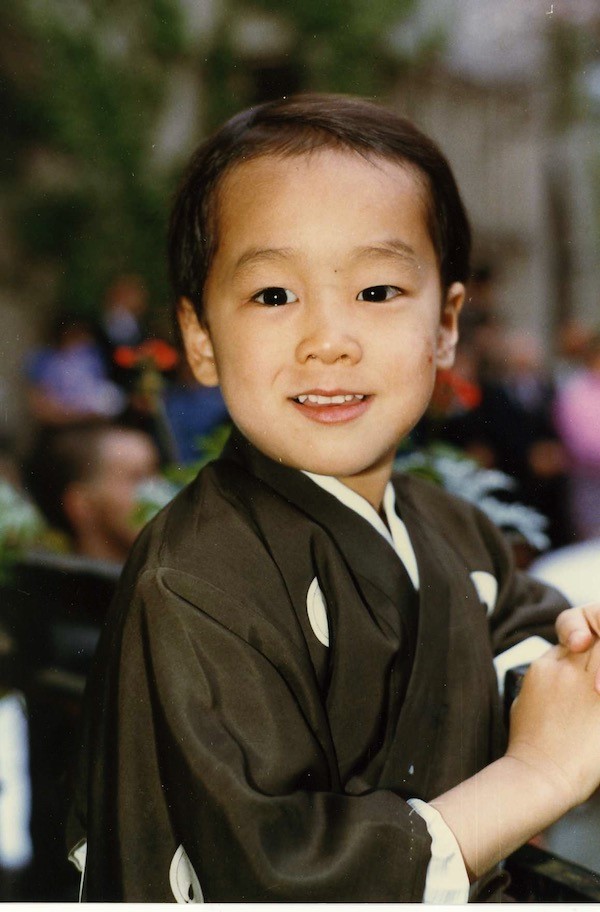A Gentle Revolution in Our Own Home
 Thu, Feb 28, 2019
Thu, Feb 28, 2019
 8 mins read
8 mins read
A mother of six shares her adventures in early development at home.
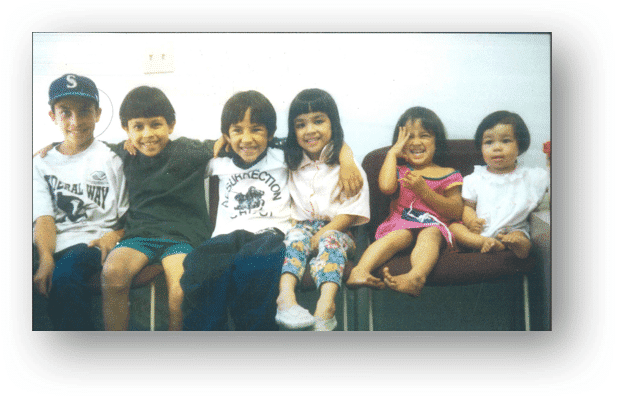
Our parents often ask can you do the program with more than one child? These six kids prove that you can!
A very new and exciting part of my work with my own children came as a result of my opportunity to study at The Institutes for the Achievement of Human Potential in Philadelphia in 1987, when my two youngest were 11 months and 2½ years old. The Institutes is a wonderful place where parents can learn new ways to help their children achieve their full potential.
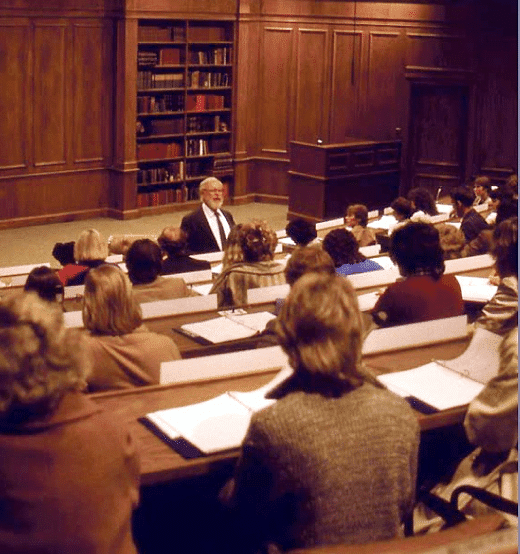
I attended the seven-day “How To Multiply Your Baby’s Intelligence Course” and learned I could teach my babies to read, do math, and absorb amazing facts and knowledge about the world. At the same time, this would increase their brain development!
The course was a life-changing experience.
It was life-changing – sharing a whole world of facts and pictures, words, and visual math concepts with my little children as they watched every move. These simple activities added such interest and joy to our lives. It allowed us more intimate interaction and quality time in just a few minutes each day. We established a pattern of learning together that stayed with us throughout our lives.
At The Institutes, I learned much about this science of how the brain functions in amazing ways, especially when the child is a newborn. I also learned about The Institutes work with brain-injured children and how this work lead to their discoveries about early learning for well children.
Learn How You Can Multiply Your Baby’s Intelligence too.
We learned about the Developmental Profile.
We learned about The Institutes Developmental Profile. It identifies six unique motor and sensory abilities based in the cerebral cortex that characterize human beings, and seven stages of human brain development that lead to those highest levels. Glenn created a chart that clarifies these stages and how they are interrelated. This is an extremely useful tool for assessment of any child, brain-injured or well.
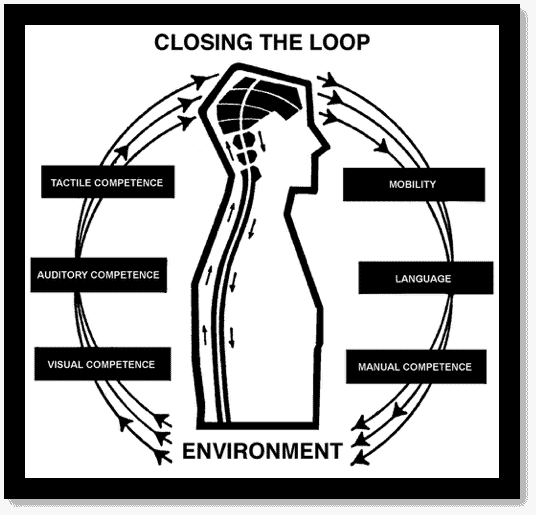
The significant stages of development that normal children pass through from birth to six years of age are interconnected with the seven stages of progressive brain development. Glenn discovered that development doesn’t just happen on a time frame. It happens with repeated stimulation and the opportunity to develop these particular areas. Opportunity designed in very specific ways will yield developmental growth, skill, and intelligence.
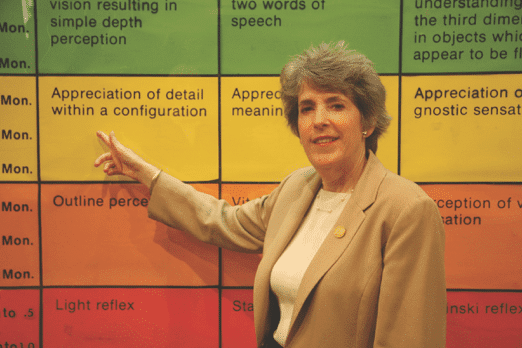
Some people wonder why a child shouldn’t just develop as they will naturally, without evaluation and “programs.” If we understand that a newborn has to work very hard to feel safe and adapt to his new life, as he is somewhat blind, deaf, and insensate at birth, then our compassionate help in the form of different and very gentle activities can be positive and helpful.
Stimulation and Opportunity are the keys.
It is stimulation and opportunity – not age or timing – that will determine the ability of each child in each area. It made sense to me to study and use the tools provided to give babies a gentle, peaceful education with lots of opportunity for physical movement.
Glenn Doman said, referring to the program: “Our children’s brains grow as much as we give them the opportunity to grow. We give them this opportunity by presenting them with a huge number of clear facts. We do this prior to six years of age, during which time they can learn them at a startling rate. Further, we do this when the brain is growing faster than it ever will again.”
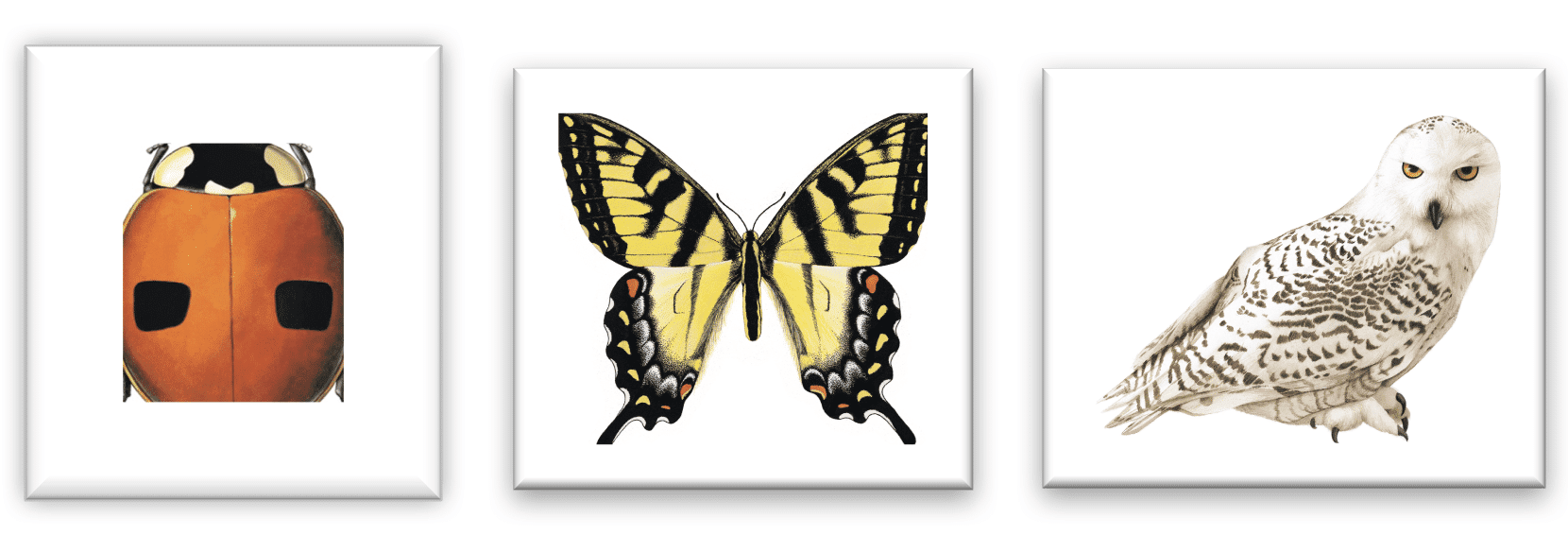
He also recommended using “Bit of Intelligence” cards because they give little bits of information to the child. It is a fact that the brain grows by use. The more information that is given, the more the brain will grow. The younger the child, the more quickly the child will take in information and store it, while also developing the brain.
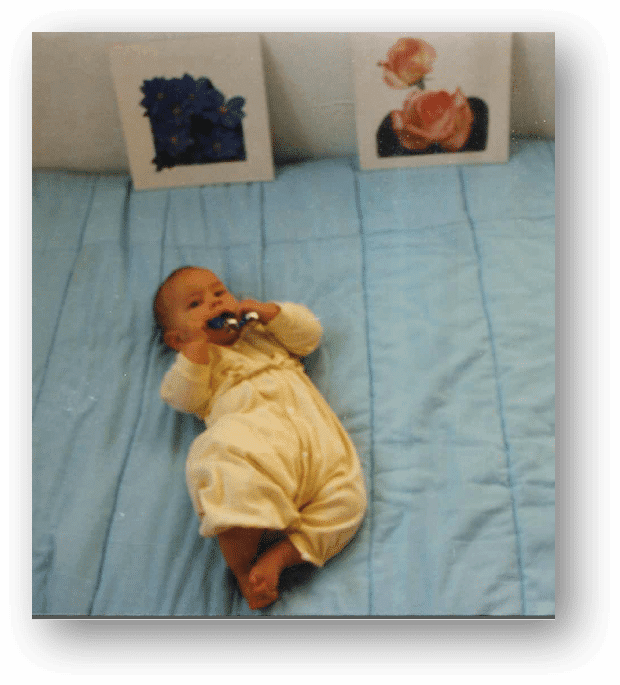
My first child read at an eighth-grade level by age six
I loved working with each of our children as soon as they were born. I learned about the Bits of Intelligence when our first child was a toddler and I showed him many. He read early, and loved to read to himself and his younger brother. He read at an eighth-grade level at six years old and always loved learning. Our son has loved to read all of his life and is able to break anything down to clarify details – much like the reading skill of perceiving patterns. At 34, he is still passionate about learning and is able to put his problem-solving skills to use with his family and friends, and at work, in caring and helpful ways.
Language development was enhanced by the reading program.
We did Bits with all six of our children, but with our fifth child we showed word cards, in particular. By 18 months old she had a vocabulary of over 75 spoken words and she spoke in complete sentences.
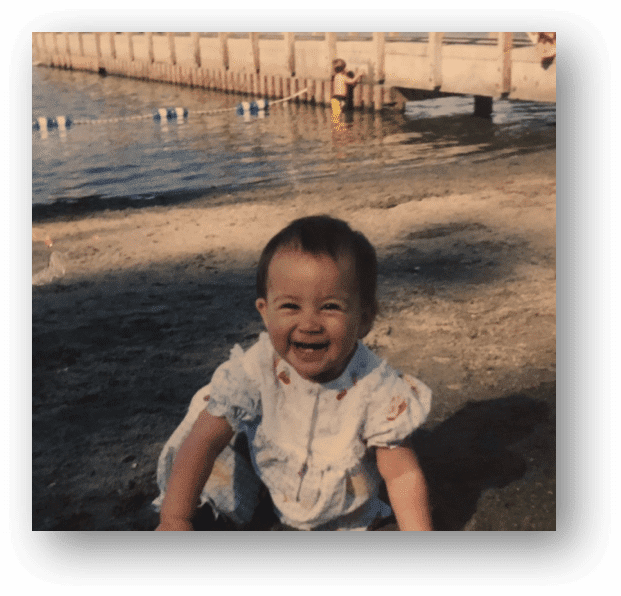
She used words and phrases that depicted unusual and detailed concepts. For example, I remember hearing her say at three years old that she “took her sweater off because her arms needed some fresh air.” She identified her arms as separate, individual parts of herself that had needs – a very inspired concept. I felt that her early communication and verbal experiences affected her thinking and internal organization. She read very early and has always enjoyed communicating in unique and in-depth ways.
When teaching your baby to read, Glenn said that a tiny baby can learn anything faster than an older baby or child can. And the baby will enjoy it.
We also followed the Math Program that used Math Dot Cards to increase our child’s awareness of math quantities and operations. We then transitioned to numerals to solidify their understanding and to manipulate the numeral cards to express and answer math problems.
I believe the Bits helped make my son a good communicator and organizer.
Our second child loved Bits and word cards from his earliest days. I can remember seeing the fire of imagination burning as he watched me show the Bits of Intelligence. He saw hundreds of Bits and could name many things early on. He has always had a great imagination. He still loves learning, designing projects, and organizing people. He penetrates into and shares details of any subject in a deep and thorough way. I believe the Bits helped make him a good communicator and organizer. He can perceive an image and break it down into its parts and then communicate this with others.
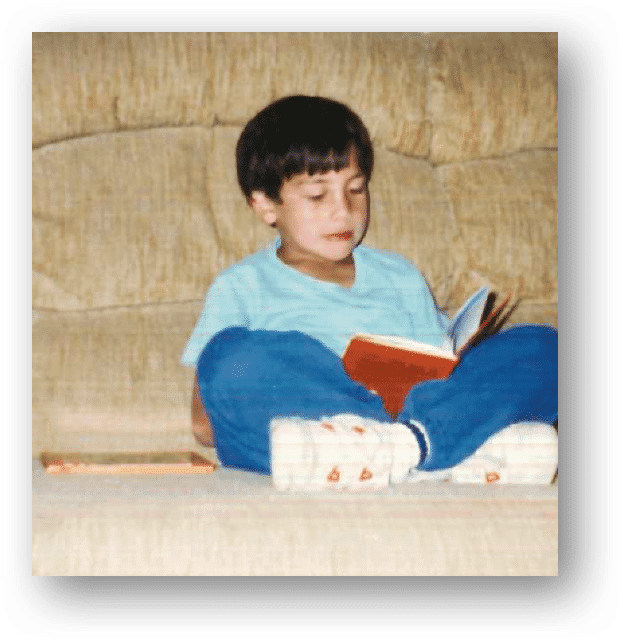
Our youngest child was also very interested in Bits. I can remember her waiting patiently for me or an older sibling to show them to her – her tiny, round little face and bright eyes excited to follow the emerging pictures in our hands. The colors, information, and concepts really touched her. She would beg for them and sometimes refused to sleep until we showed them. She would climb on the furniture to reach them and bring them to me because she loved learning so much!

In the course I also learned about the very gentle vestibular exercises that a parent could do with a baby. We did those exercises and used a crawling track to help our babies move. We encouraged lots of crawling, creeping, walking, and running as they matured. We also had a brachiation ladder (like hand-over-hand monkey bars) and did lots of brachiating when our children were small.
I believe the infant crawling track gave my daughter an edge in developing her physical body and mind.
Our third child was the first one who benefited from my knowledge about the gentle, slow, rolling vestibular support for newborns. At 10 days old, he seemed very much still “within.” Our whole family noticed that as soon as we did these first exercises, our baby’s attention perked up. Suddenly he was alert, awake, connecting and interacting with us. It seemed like he was able to integrate what he was seeing and hearing more. The exercises seemed to impact him in a deeply profound way, and he seemed happier and more at ease. I can remember gently and slowly swaying him up and down and from side to side on a little pillow. There were about 20 different exercises that we did daily to stimulate his development and brain. I think they made a big difference!
When our fourth child was born, she was very introverted and barely opened her eyes for the first two weeks. We also did these gentle exercises with her and saw positive changes. We put her in the infant crawling track for a time each day after the first few weeks. She enjoyed being able to push against the sides of the track with her feet. At four and a half months, she was crawling out of it and across the floor. She rarely cried, never gained excessive weight, and was very engaged and so, so happy!
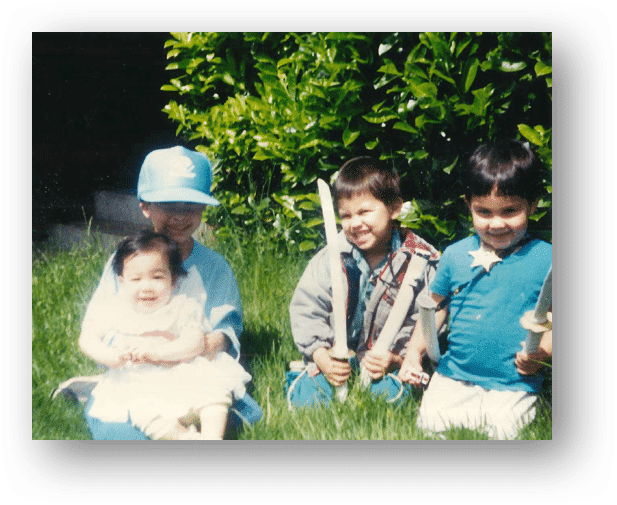
She seemed empowered by being able to move and developed physical coordination, agility, and dexterity early as she continued doing physical activities. Outside at 18 months old, she would get on the swinging teeter-totter and go as high as the swing would possibly go. At first it frightened me, but soon I saw that she could handle it and stay safe. She ran track and cross country throughout most of her youth. Today she is a passionate physical therapist who loves studying the body and helping other people with their bodies. If you encounter her on a run, you will see she is listening to podcasts about physical therapy. In fact, her husband is also a physical therapist and they share their passion together! I believe the infant crawling track gave her an edge in developing her physical body and mind.
Each child had a different interaction with us and the materials. Each responded with the innate gifts they brought with them.
Our youngest child also loved moving and using her body from the very earliest months. She had many siblings to do these exercises with her and and they loved caring for her in this way. She was very physical, strong, and good at gymnastics. We encouraged this and she has stayed strong and active. As a new college graduate she is interested in physical fitness and body-mind wholeness. I believe her early life activities set a foundation for the work that she will do.
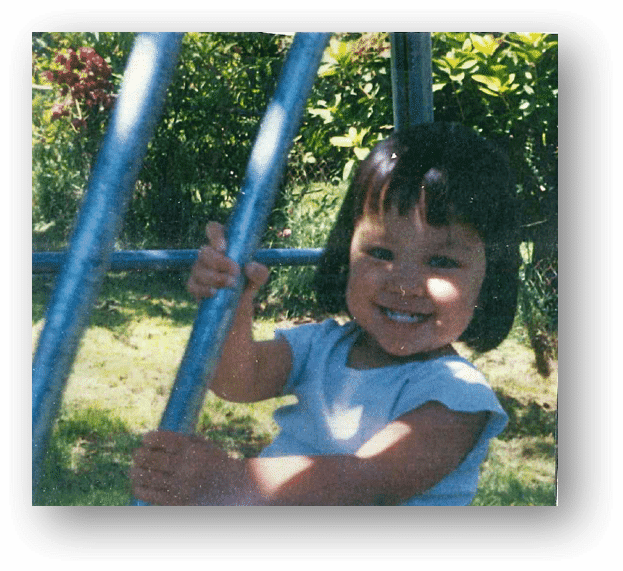
Each of our children responded differently to the variety of activities we provided, which changed with time and our busy life cycles. Each one got a different arrangement of interaction with us and the wonderful materials. I trust that our children responded with the innate gifts they brought with them, and used the opportunities we provided in the best possible ways, and in the way that they each needed.
Our kids are passionate about family, and helping others, they have great hearts and love life.
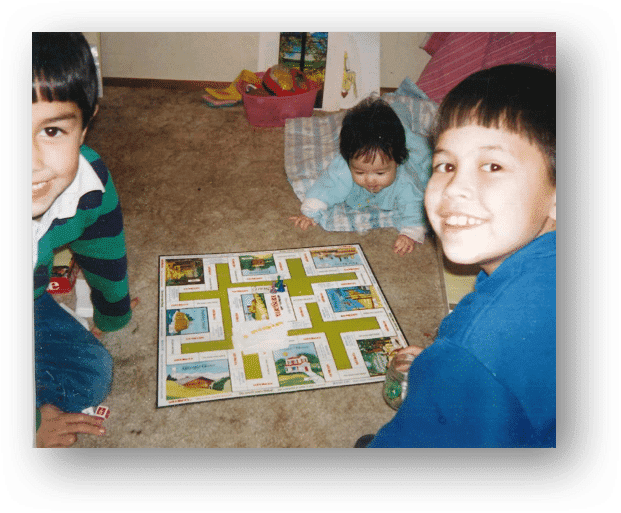
Our kids had early education and early opportunities, but they are also very normal people. They love doing projects and caring for others. They are passionate about family and celebrations. They love to run, cook, shop, write, film, hike, bike, sail, backpack, help other people in service, and have fun! They are normal people with great hearts who are very interested in life. It was our joy to be able to share these learning tools with them and to continue having fun and learning with them today.
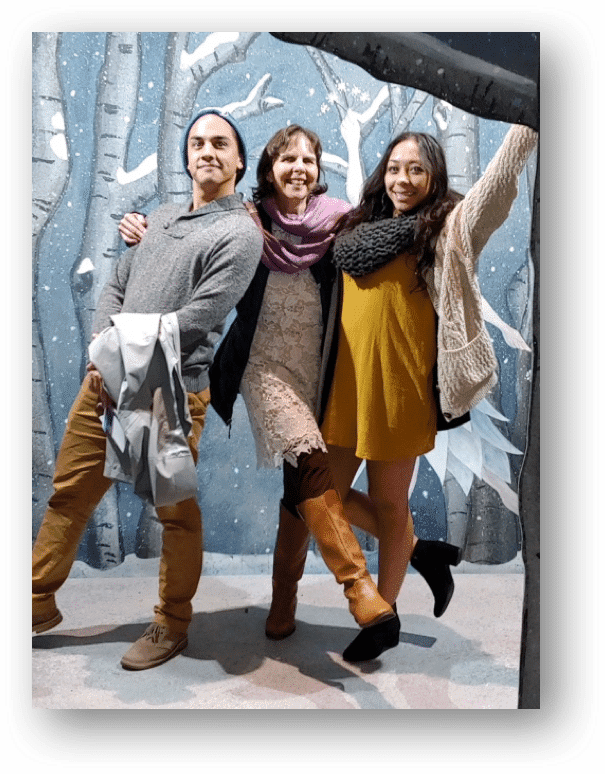
I am so grateful for having learned about the concepts of The Institutes when my family was still very young. It has made a huge difference in our lives.

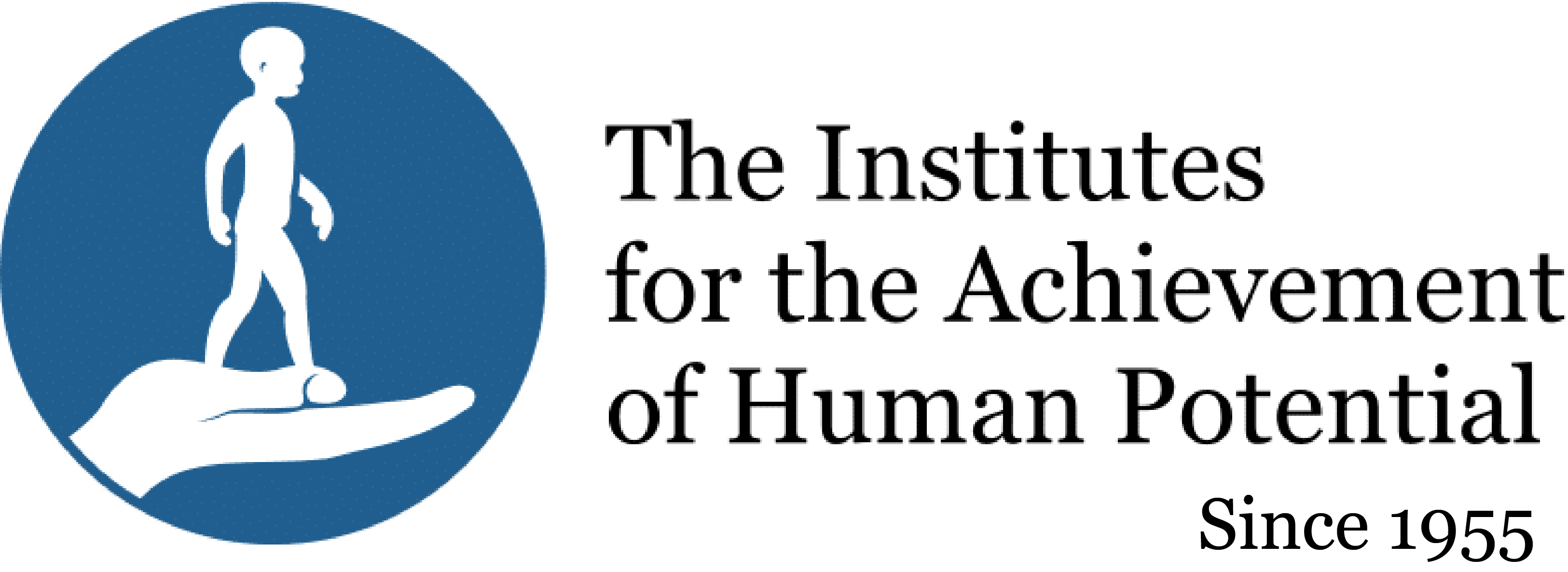
 Donate
Donate
